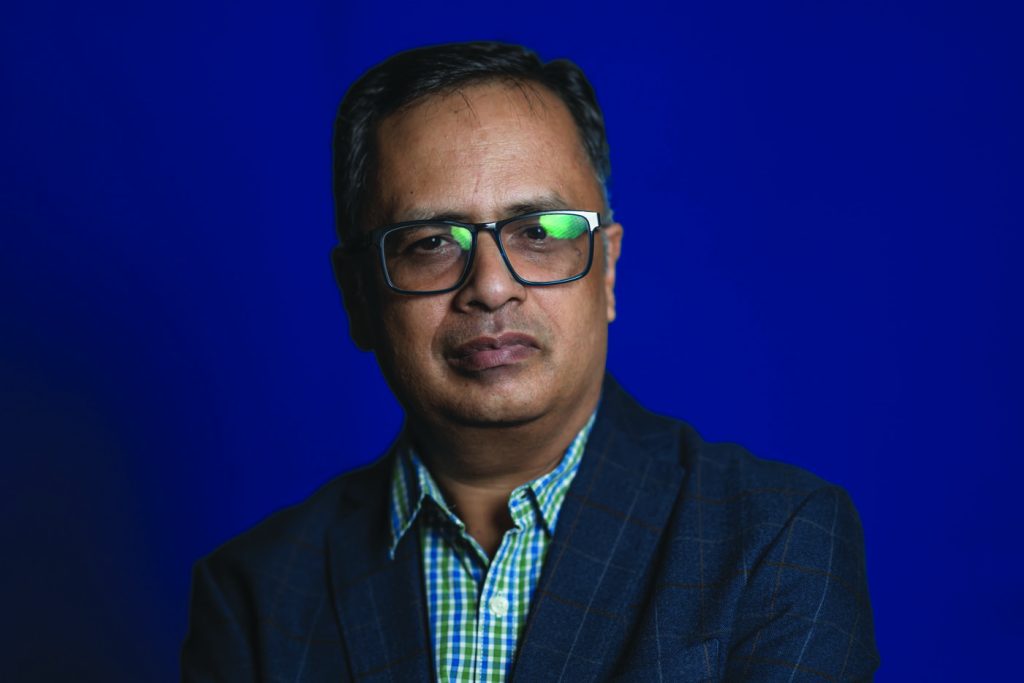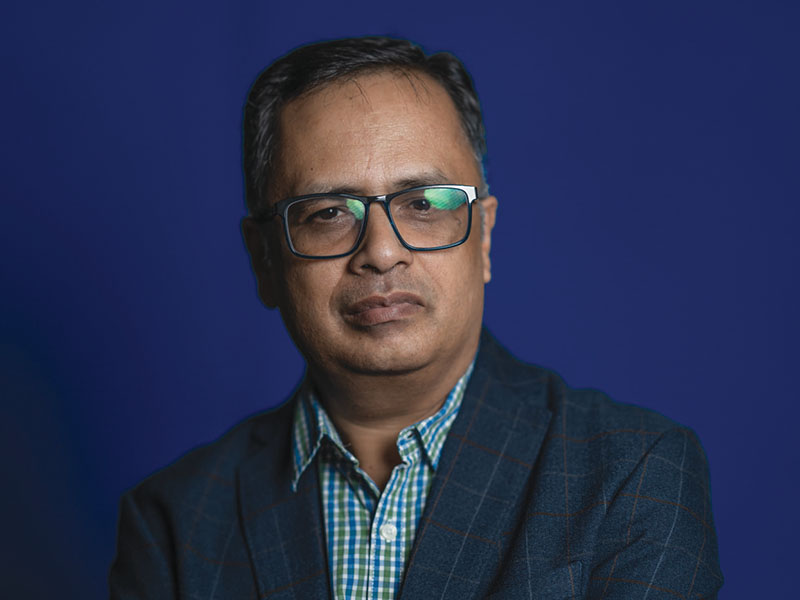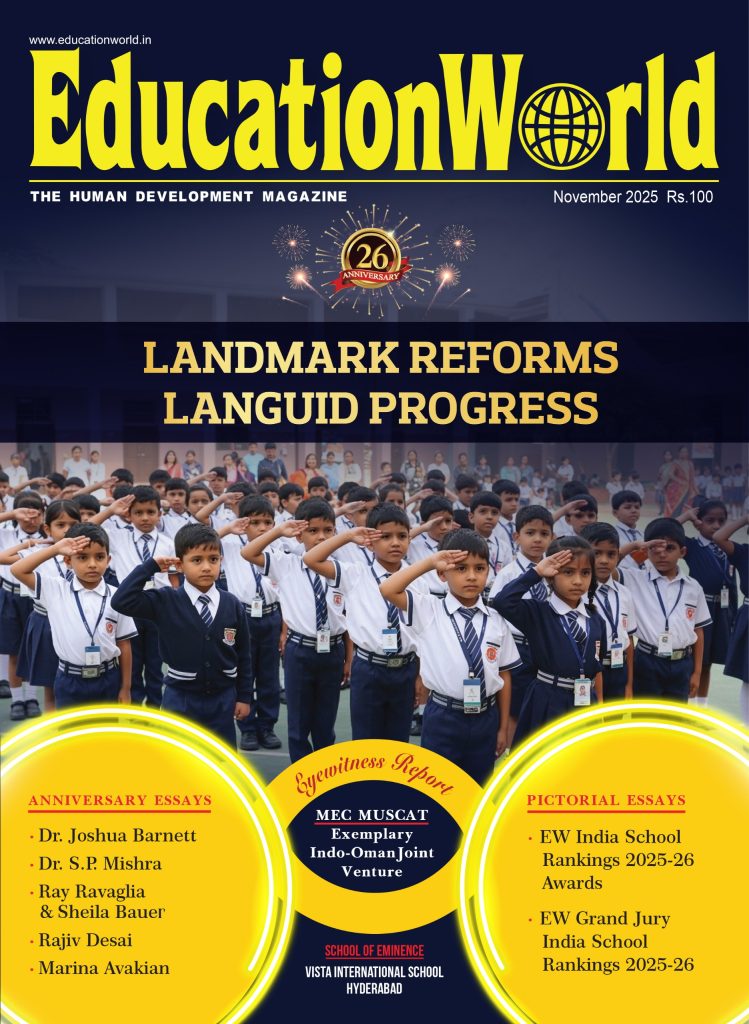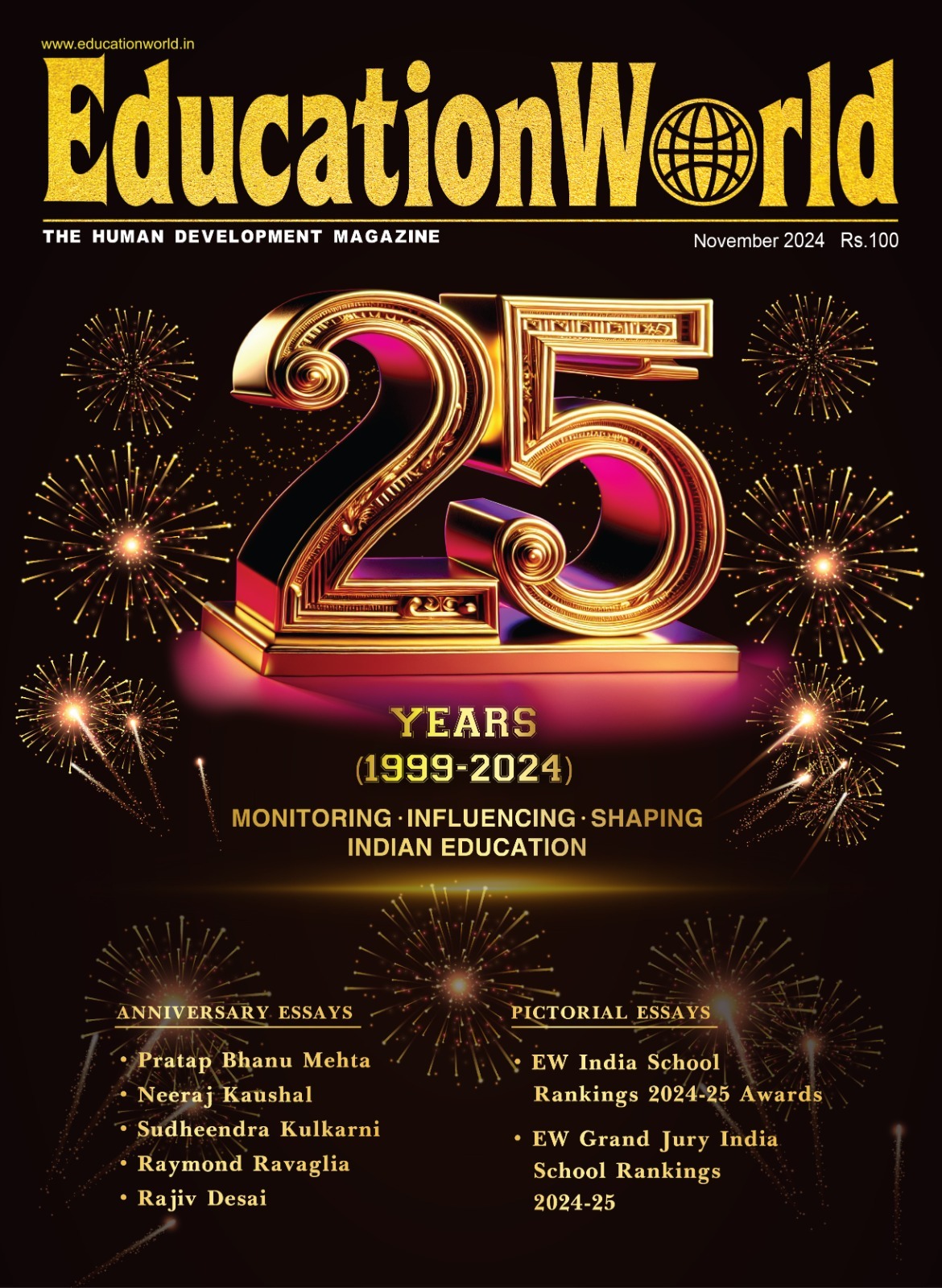Rethinking higher education in an evolving paradigm
(Dr. S.P. Mishra is Founder, India Career Centre, Hyderabad)
From Silicon Valley to Bengaluru, university graduates are grappling with under-employment, evolving job markets and the rise of automation. It’s time to rethink the purpose of higher education and what it should promise

S.P. MISHRA
In the not-so-distant past, the promise of higher education was simple and reassuring: earn a degree, secure a job, and build a stable life. This linear path was the cornerstone of middle-class aspirations worldwide, particularly in emerging economies such as India. But today, that promise is unravelling.
Higher education no longer guarantees gainful employment. This is not just an Indian reality — it’s a global phenomenon. From Silicon Valley to Bengaluru, university graduates are grappling with underemployment, evolving job markets, and rise of automation. It’s time to rethink the purpose of higher education — and what it should promise.
India certifies over 10 million graduates annually, supported by a youthful population and a vast higher education system with 43 million students enrolled in tertiary programs. Yet, the formal jobs sector — defined by organised, salaried positions with benefits — accounts for only 5-10 percent of total employment.
The International Labour Organisation’s India Employment Report 2024 confirms this imbalance. While formal jobs saw an uptick of 1.45 million in March 2025, the overall labour market remains dominated by informal work. Unemployment among graduates is alarming: independent estimates suggest rates as high as 51-57 percent in early 2025, far exceeding the official figure of 5.6 percent.
India’s struggle is part of a broader global trend. The World Economic Forum’s Future of Jobs Report 2025 projects that by 2030, the global labour market will undergo a 22 percent churn—displacing 92 million jobs while creating 170 million new ones. That’s a net gain of 78 million job roles, many of which don’t yet exist and will be driven by AI, sustainability, and digital innovation.
Compounding this technology revolution are rising geopolitical tensions. Conflicts in Ukraine and the Middle East, US-China trade wars, and the rise of far-right leaders in Europe have created a fragmented global order. The WEF’s Global Risks Report 2025 ranks cyber warfare and economic fragmentation among the top threats to global stability.
In India, this manifests in policy shifts like ‘Make in India,’ which aim to boost domestic manufacturing but also expose the vulnerabilities of global supply chains. EY’s 2025 Geostrategic Outlook highlights economic sovereignty and national jingoism as growing challenges. Ironically, while communication technologies and global businesses expand, societies are becoming more insular.
In this rapidly changing and fragile world, education institutions must adapt and evolve. Their role is no longer just to impart knowledge and facilitate industry placements. They must prepare students for uncertainty, complexity, and lifelong learning.
The great and under-estimated seer Mahatma Gandhi wrote in Towards New Education (1937): “By education I mean an all-round drawing out of the best in child and man — body, mind and spirit.” Gandhi’s philosophy of nai talim propagated learning through productive work, self-reliance, and moral development. His vision has become strikingly relevant today, urging us to move beyond rote learning and credentialism toward a model that nurtures character, creativity, and community. The British educationist Sir Ken Robinson echoed this sentiment: “The great end of education is to discipline rather than to furnish the mind; to train it to use its own powers, rather than fill it with the accumulation of others.”
India’s demographic dividend can be a powerful asset — if efficiently harnessed. But this requires a shift in mindset. Students must be encouraged to become job creators, not just job seekers. If every student entering college becomes aware that a degree isn’t the ticket to a multinational job, she would approach learning differently — not as a checklist, but as a toolkit for life. Students’ focus would be on mastering their subjects, building networks, and exploring real-world applications.
With the tradition of a formal job leading to retirement fading, Unesco stresses that lifelong learning is essential for employability in a fast-changing dynamic world. With AI and sustainability trends driving transformation, the future demands agility. Pioneer automobiles tycoon Henry Ford captured this perfectly: “Anyone who stops learning is old, whether at twenty or eighty. Anyone who keeps learning stays young.”
In India, the job market is projected to grow by 9 percent in 2025, led by IT and retail. Yet success will depend not on degrees, but on the ability to learn, adapt, and apply knowledge.
It’s time for a new narrative. Instead of promising ‘employment,’ higher education institutions should pledge to ensure students are “gainfully engaged.” This means equipping them with skills for entrepreneurship, freelancing, innovation, and social impact.
Against this backdrop, education institutions must have the courage to tell students and parents like it is. They deserve transparency. Institutions bold enough to embrace this paradigm change will be the ones that truly prepare the next generation — not just for jobs, but for life.

















Add comment